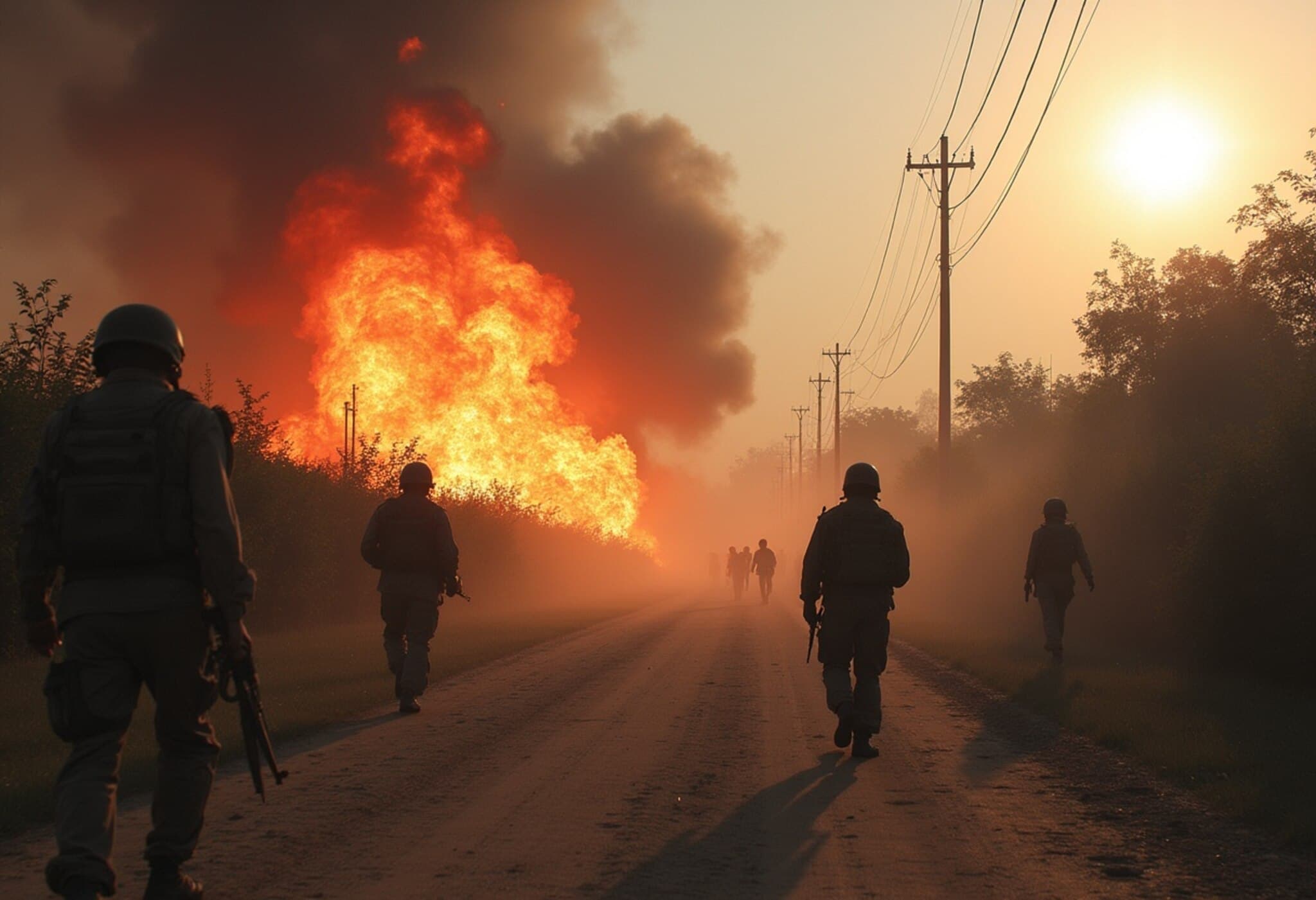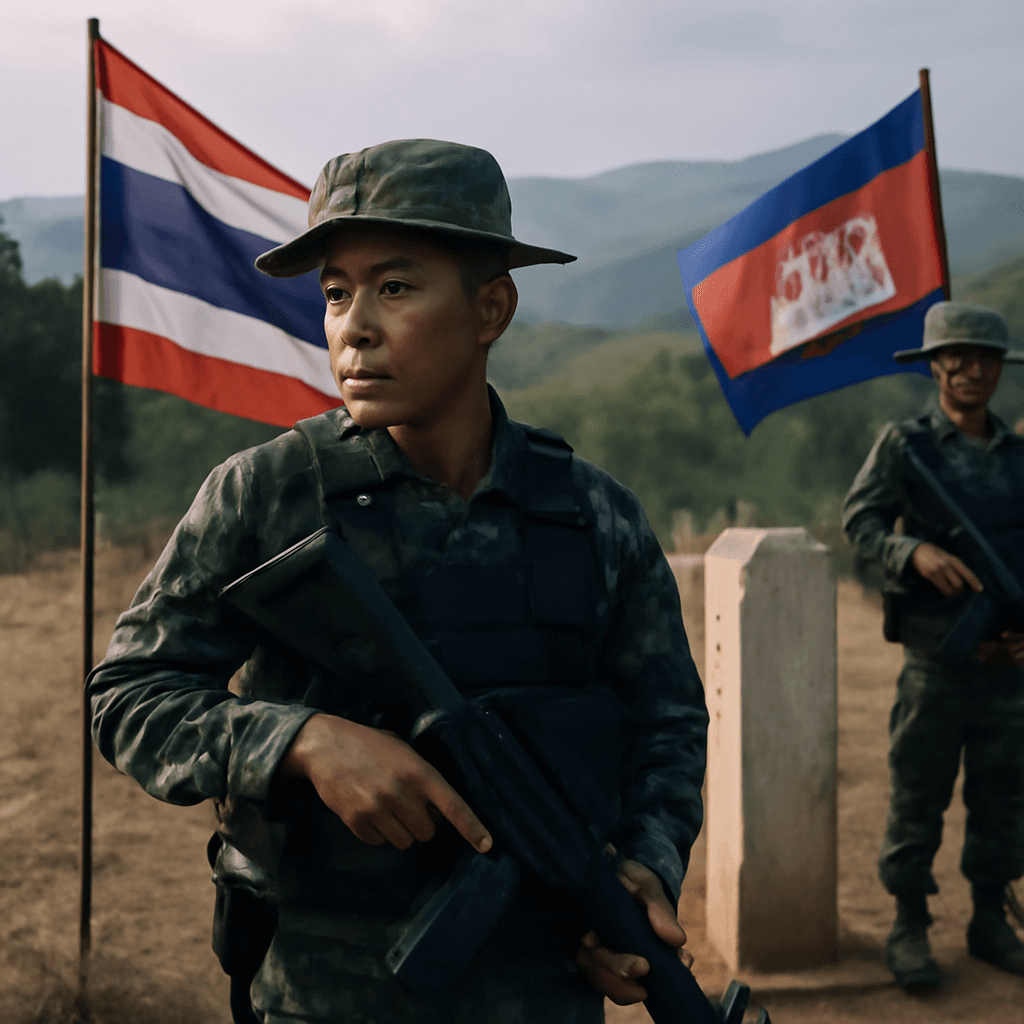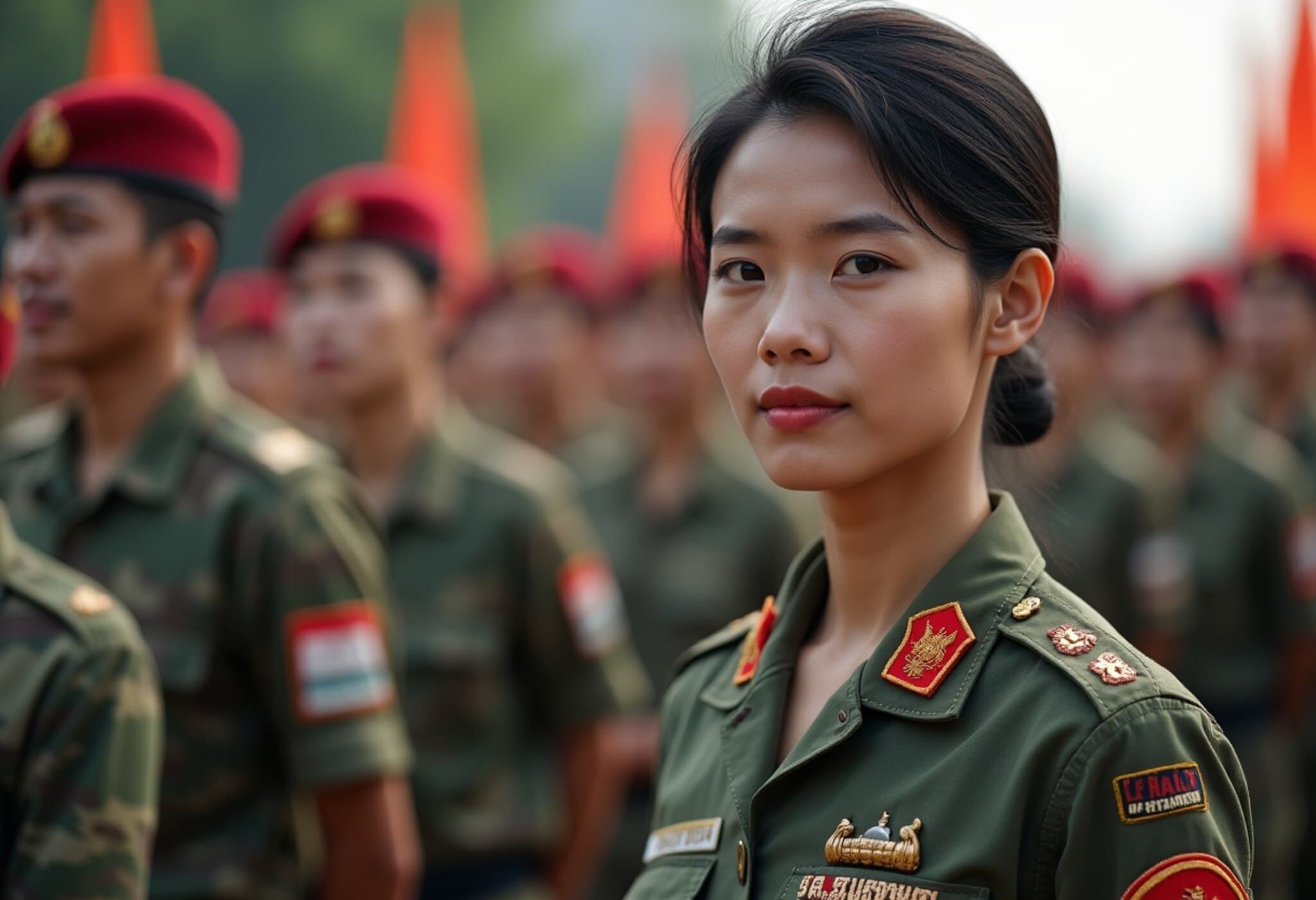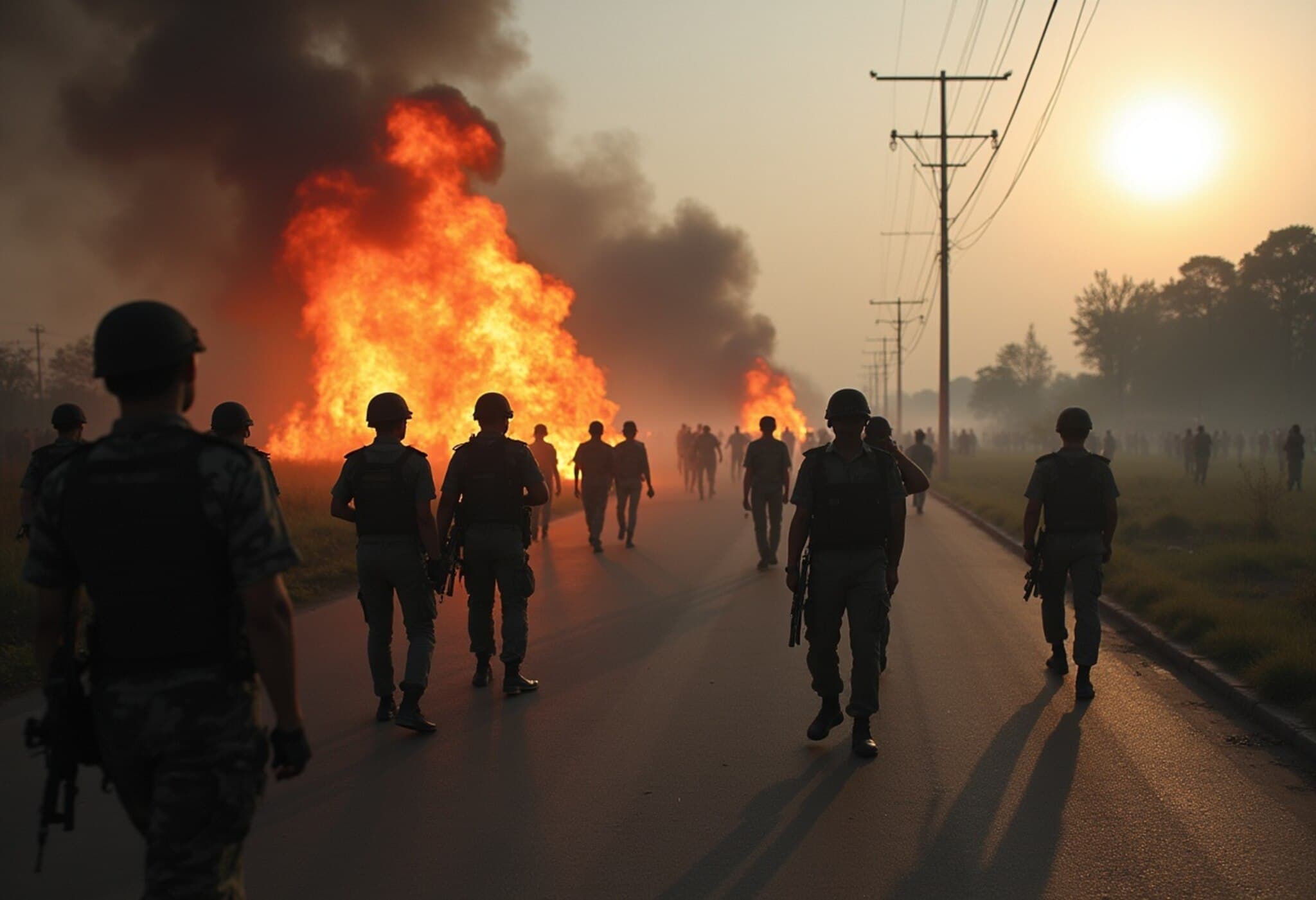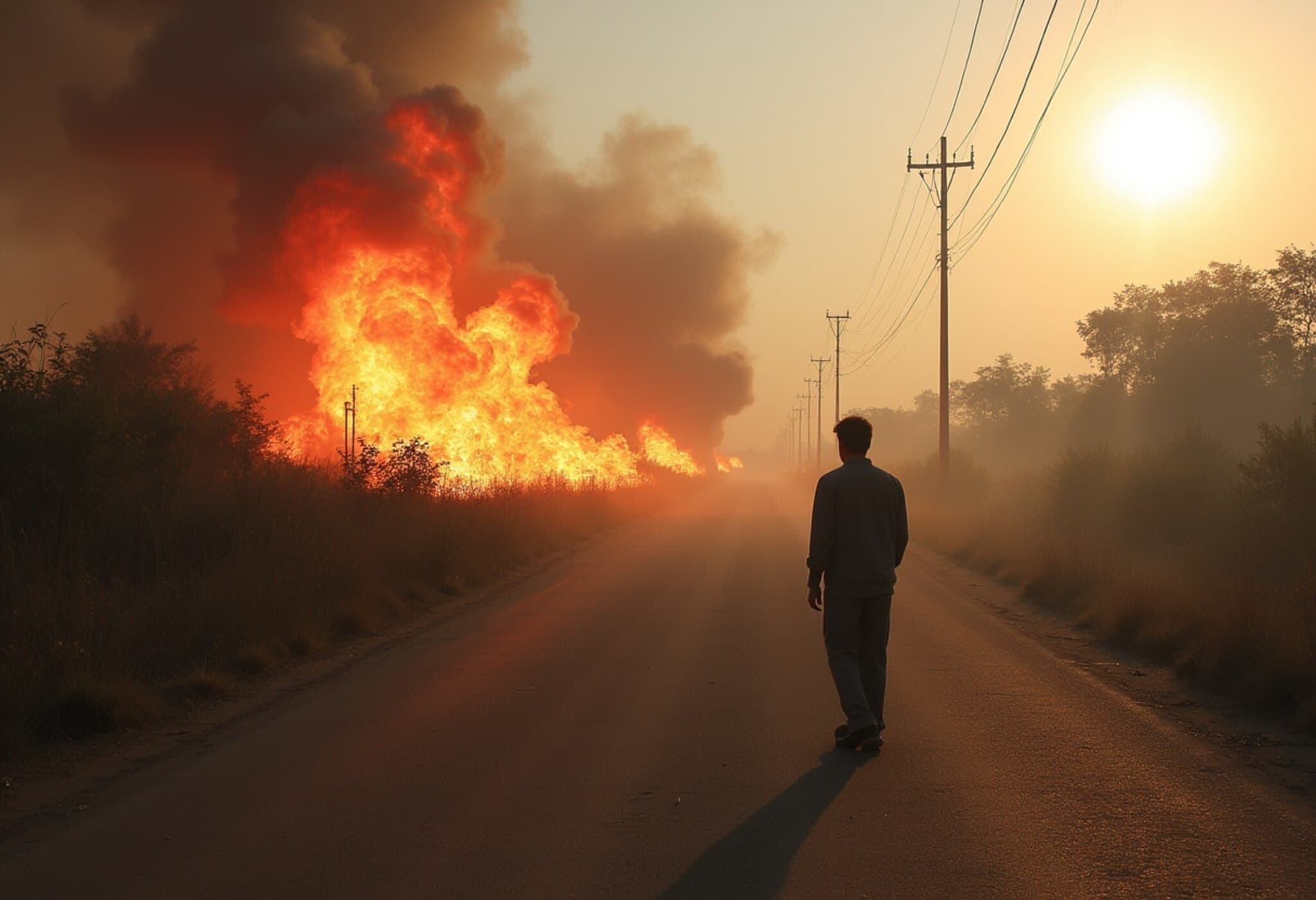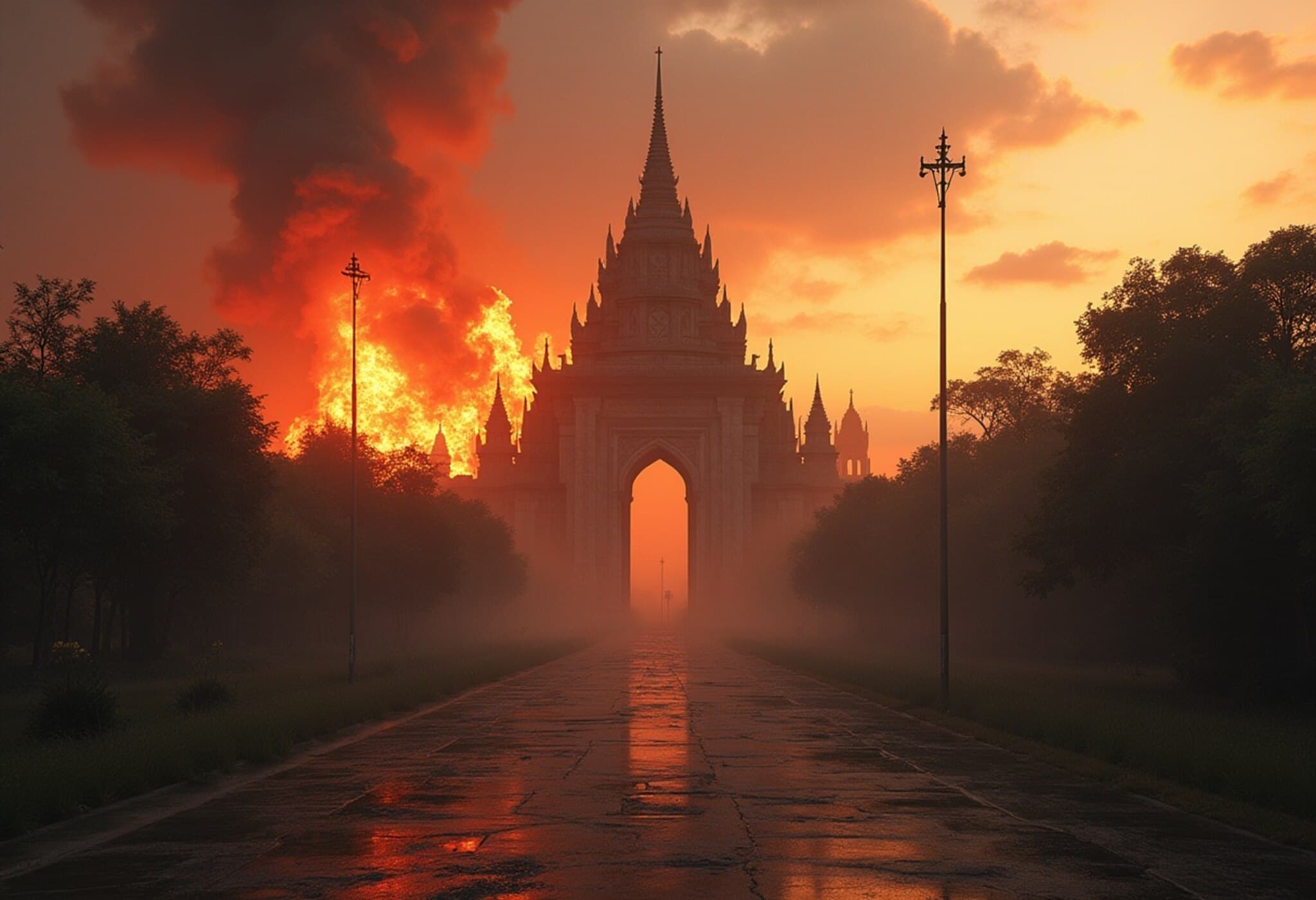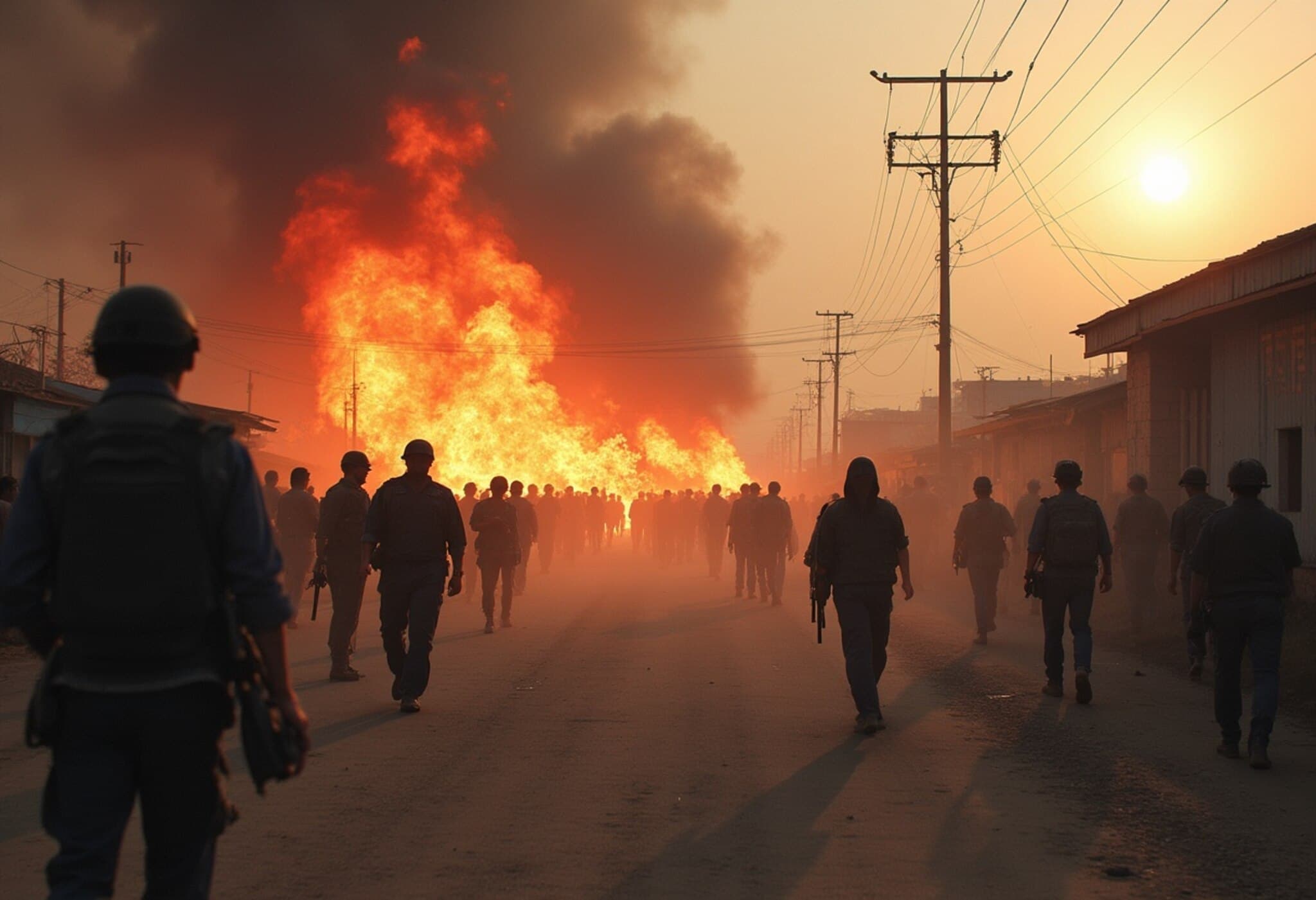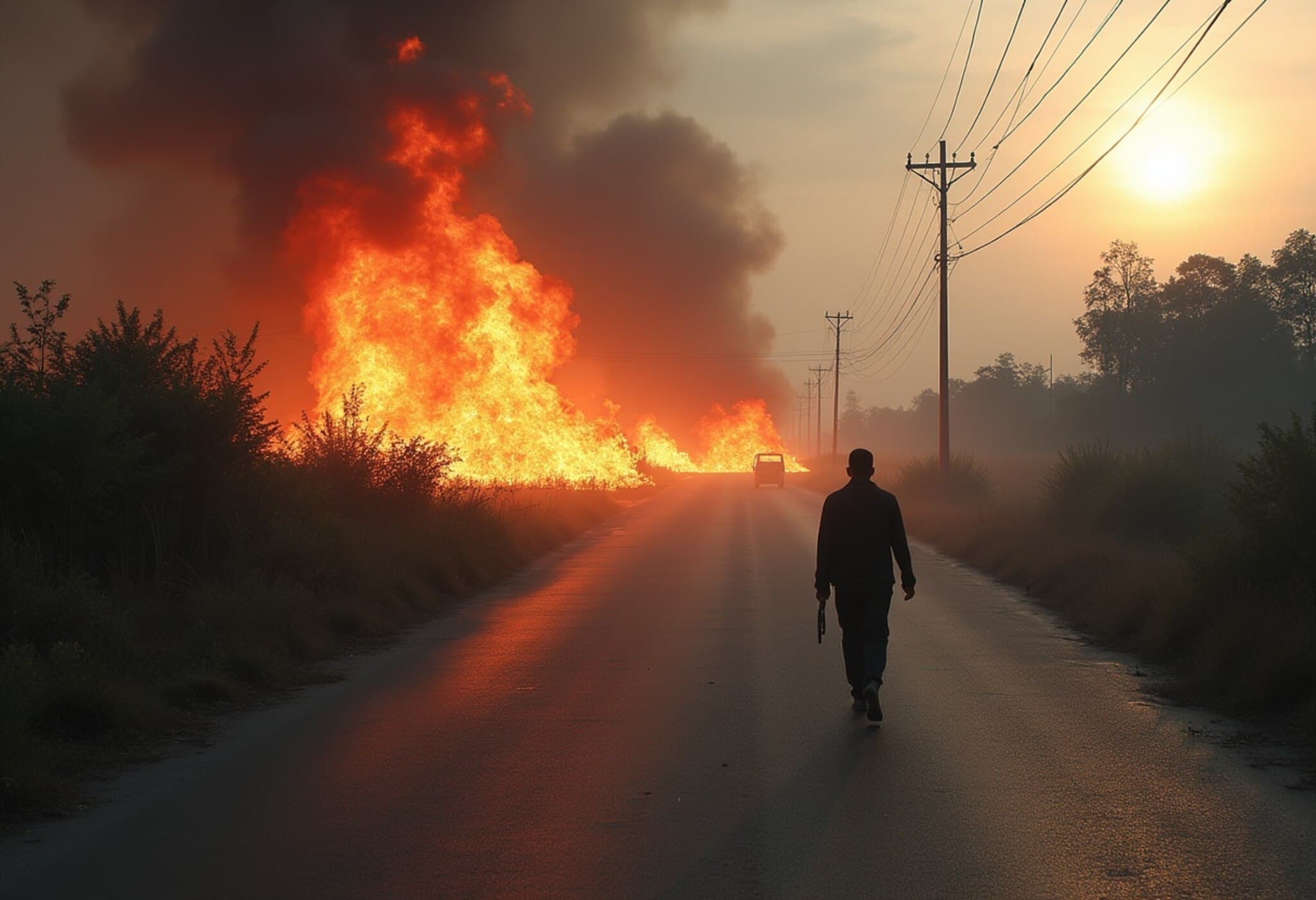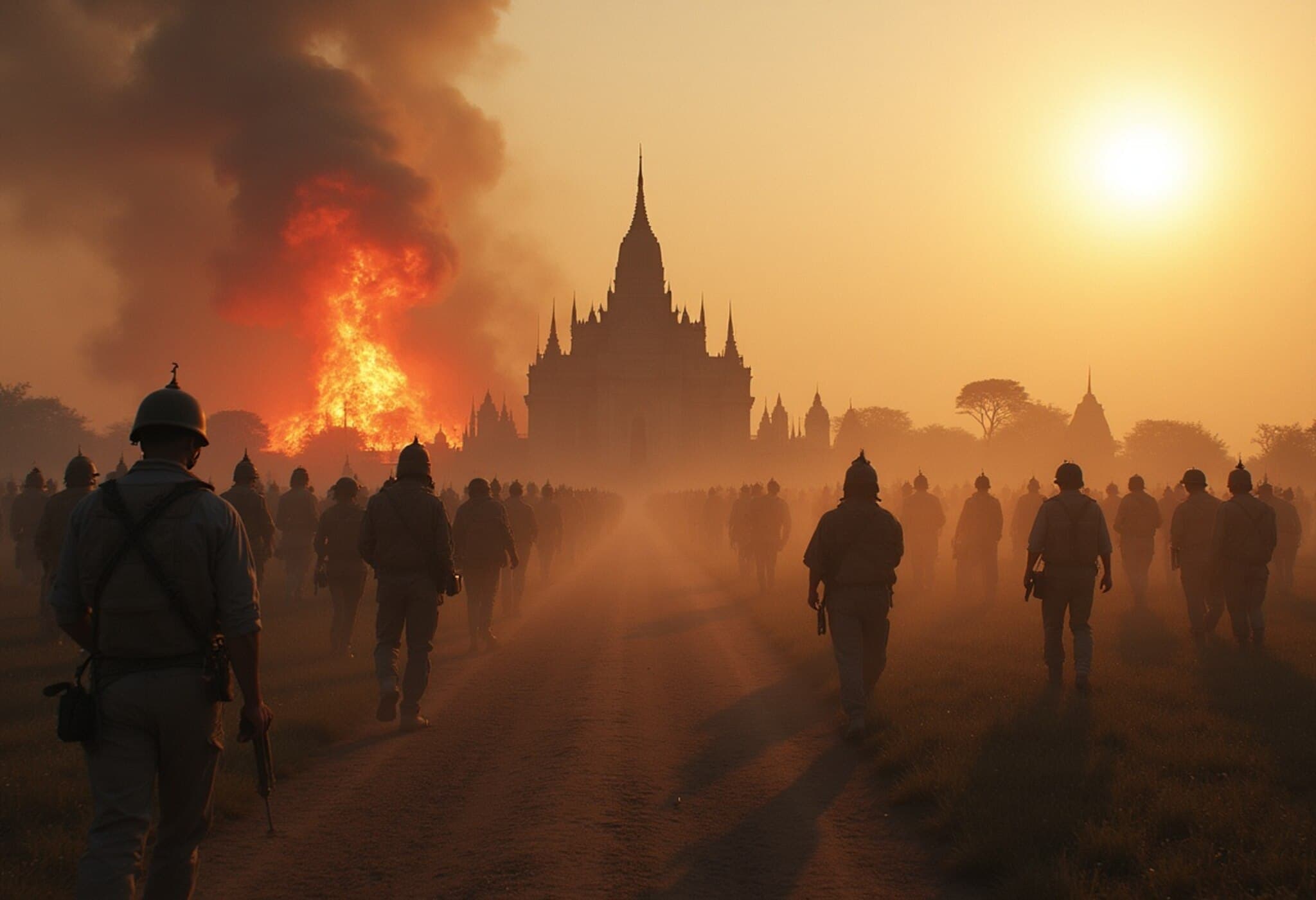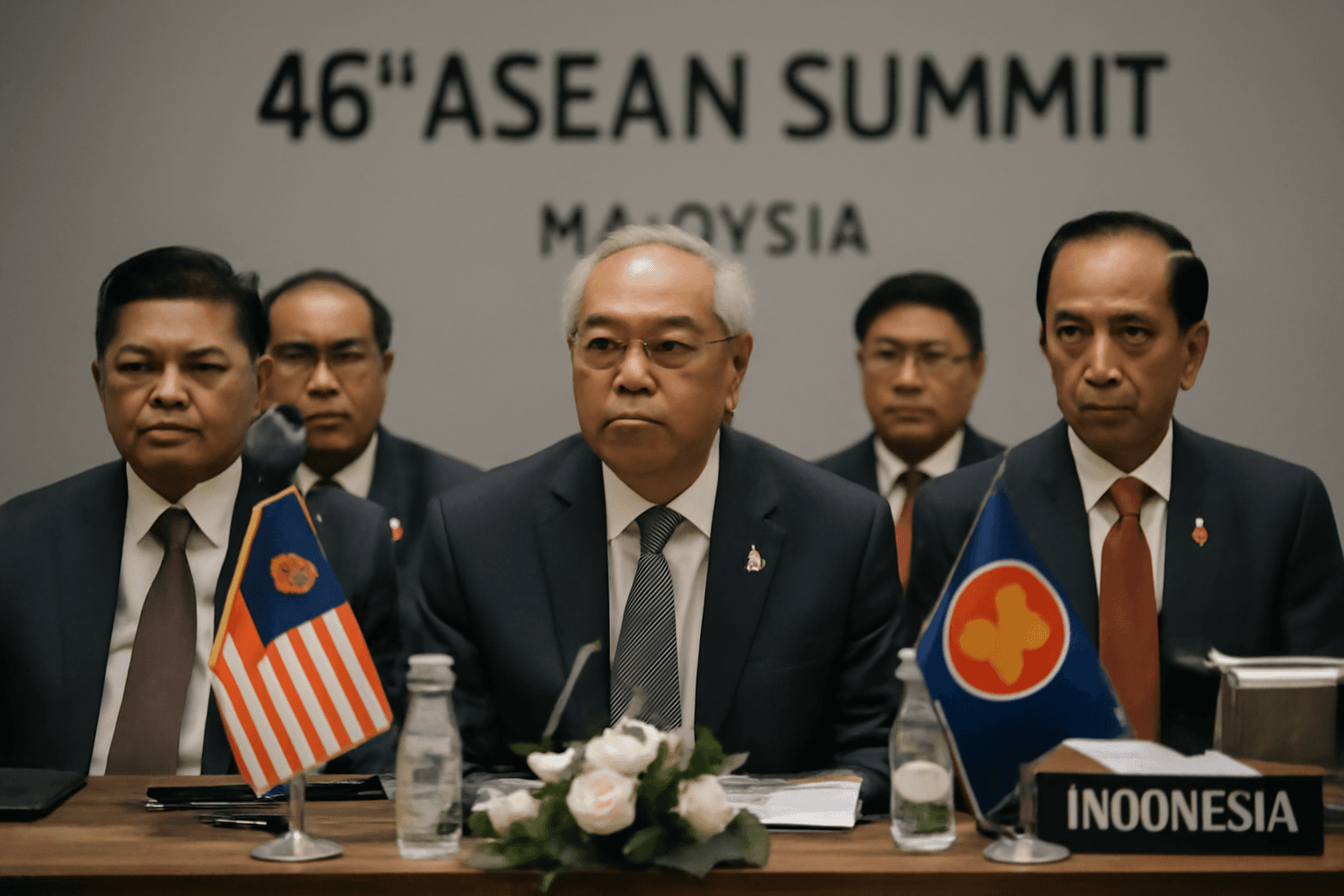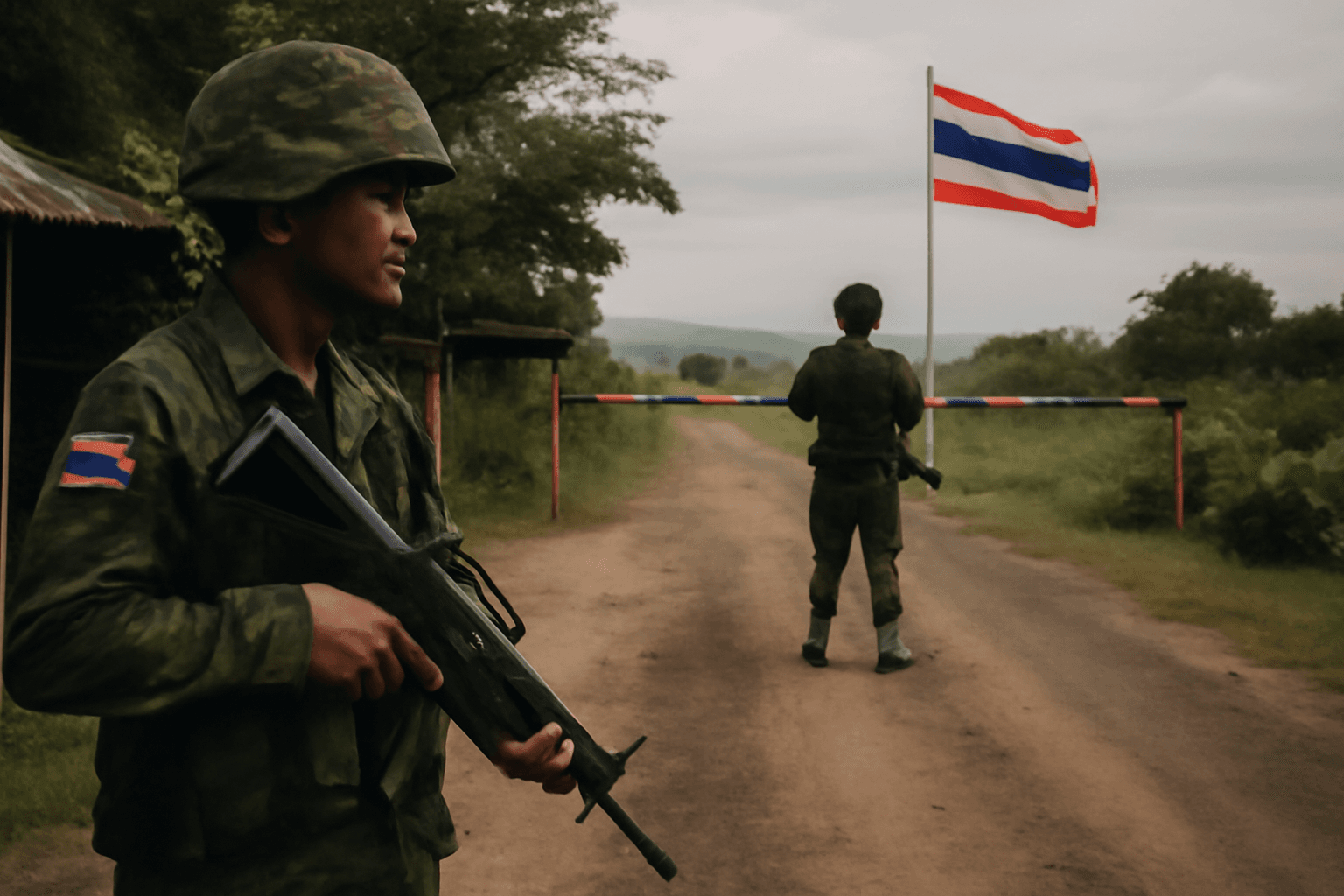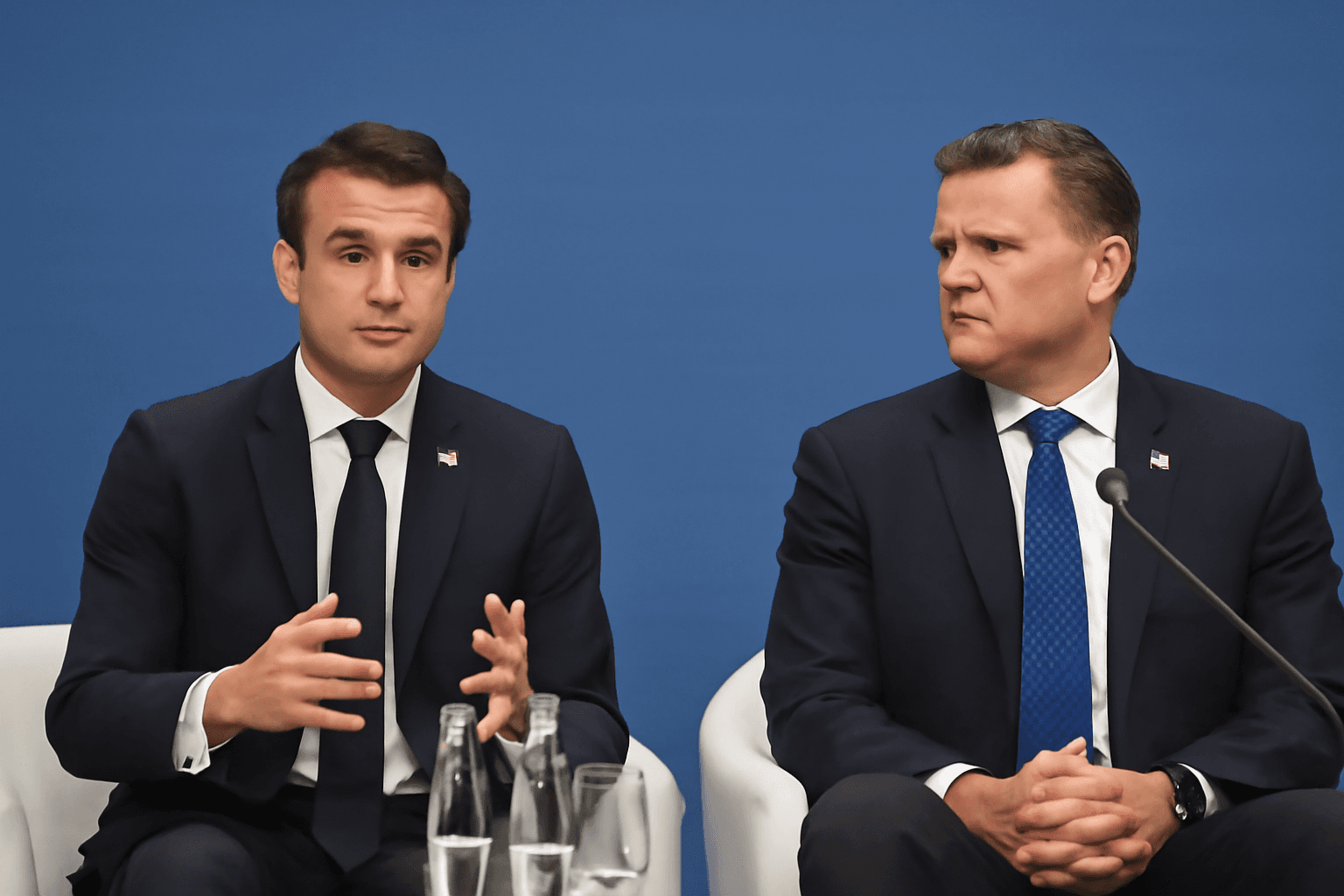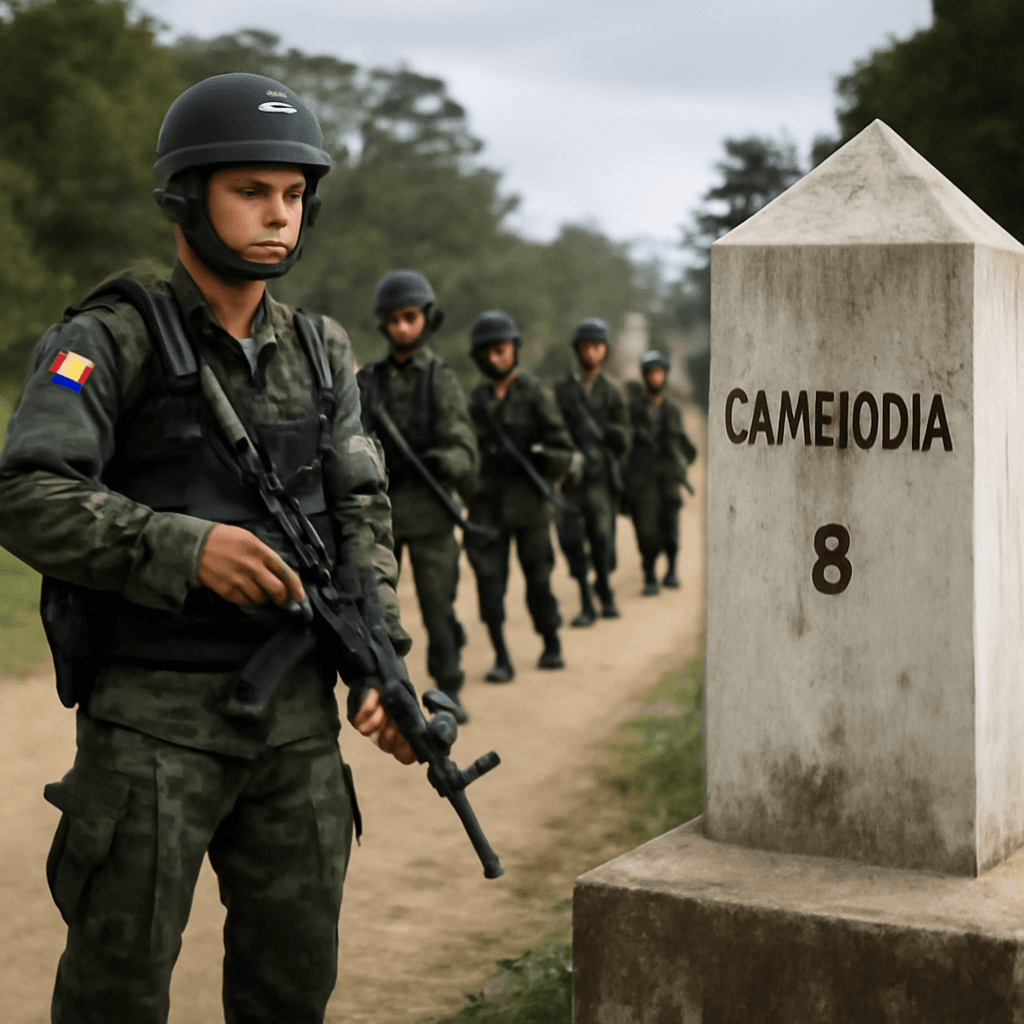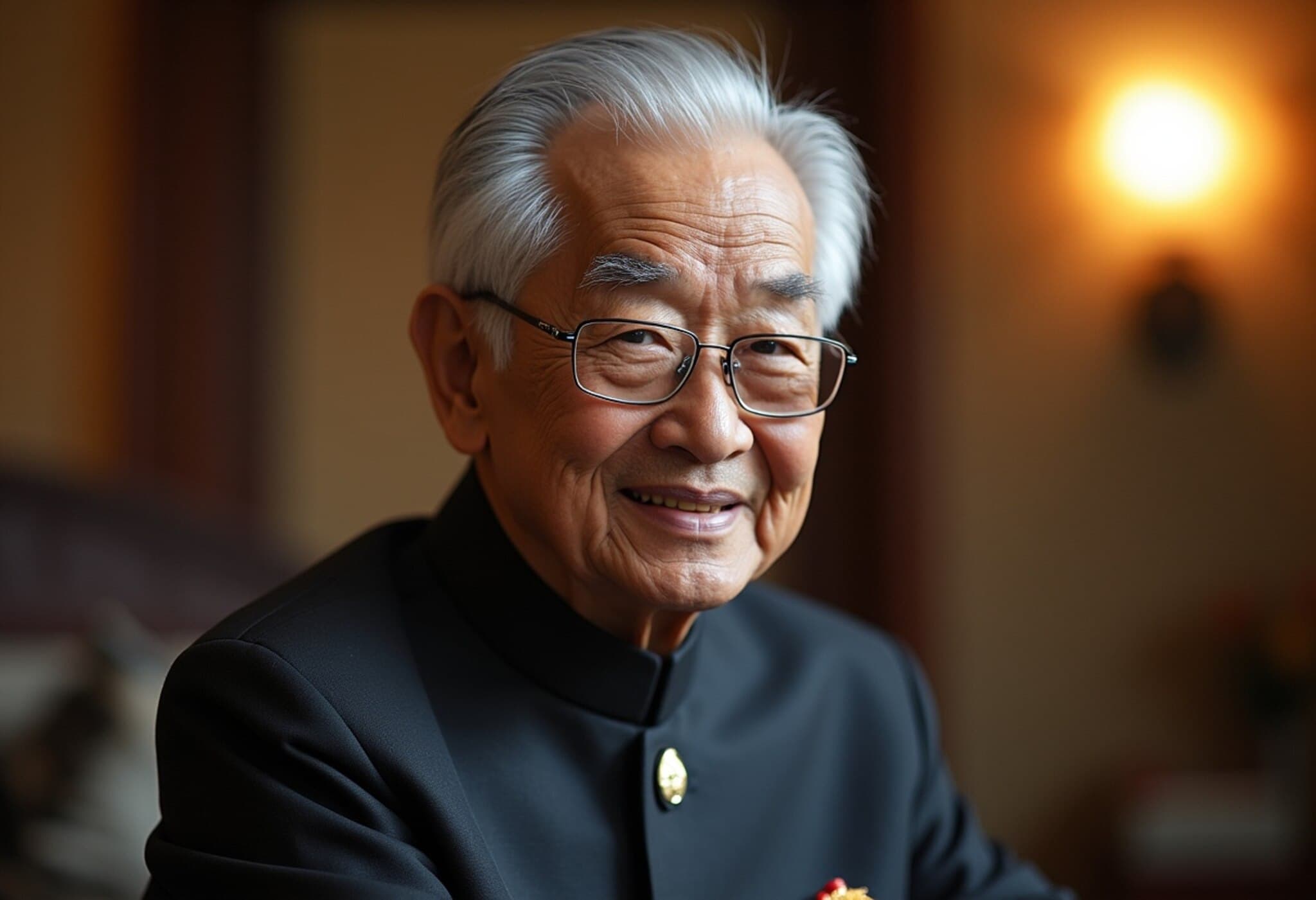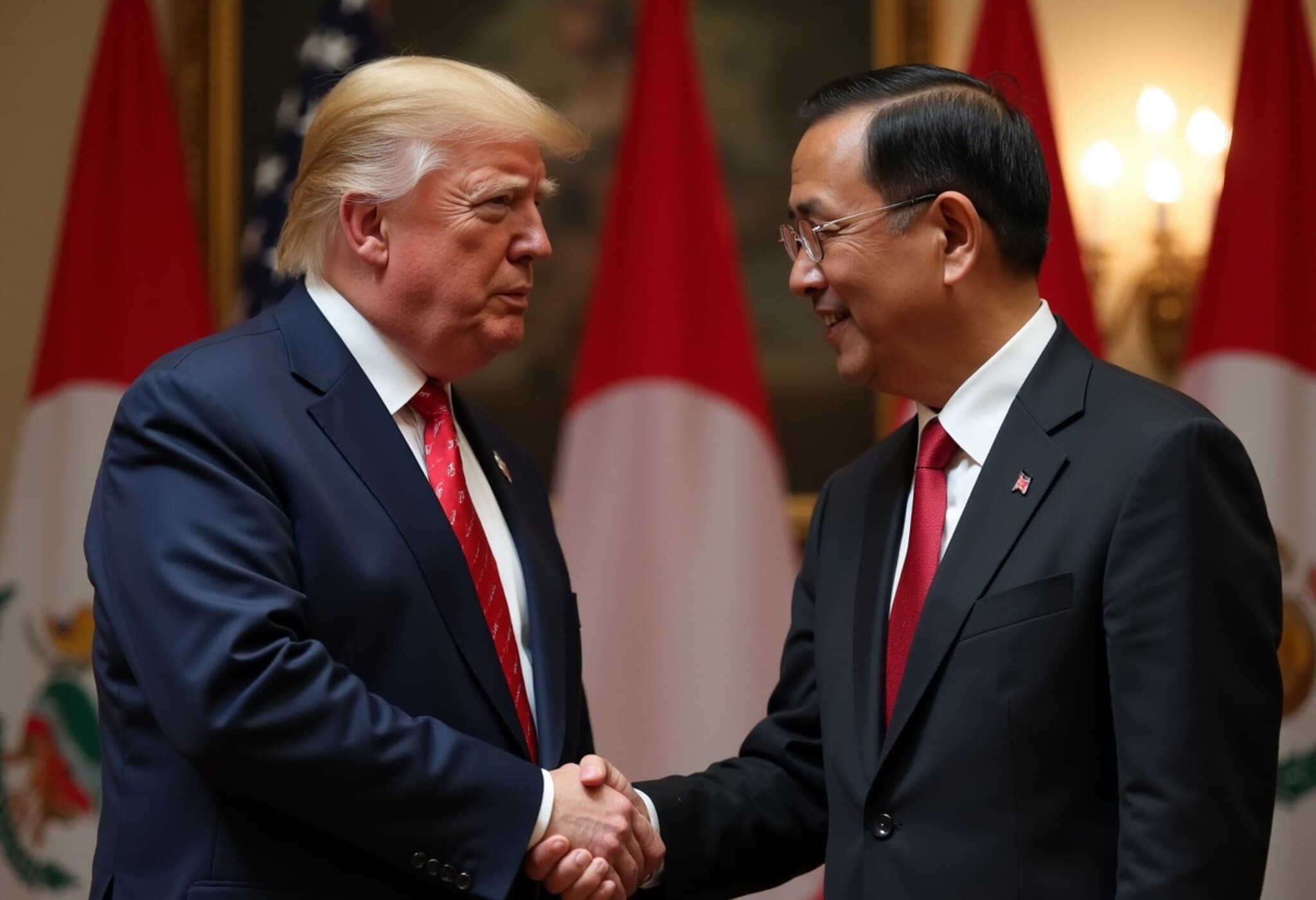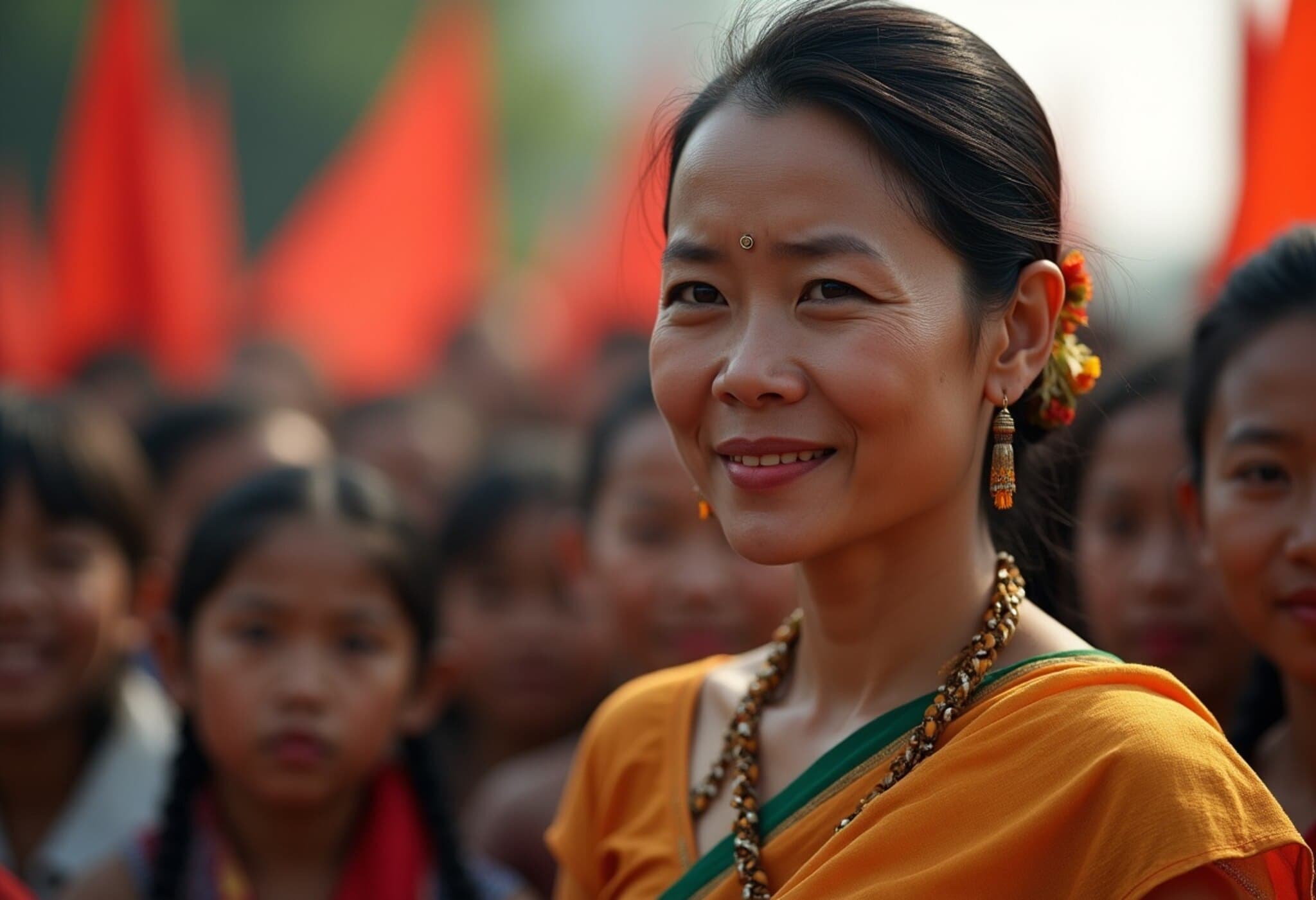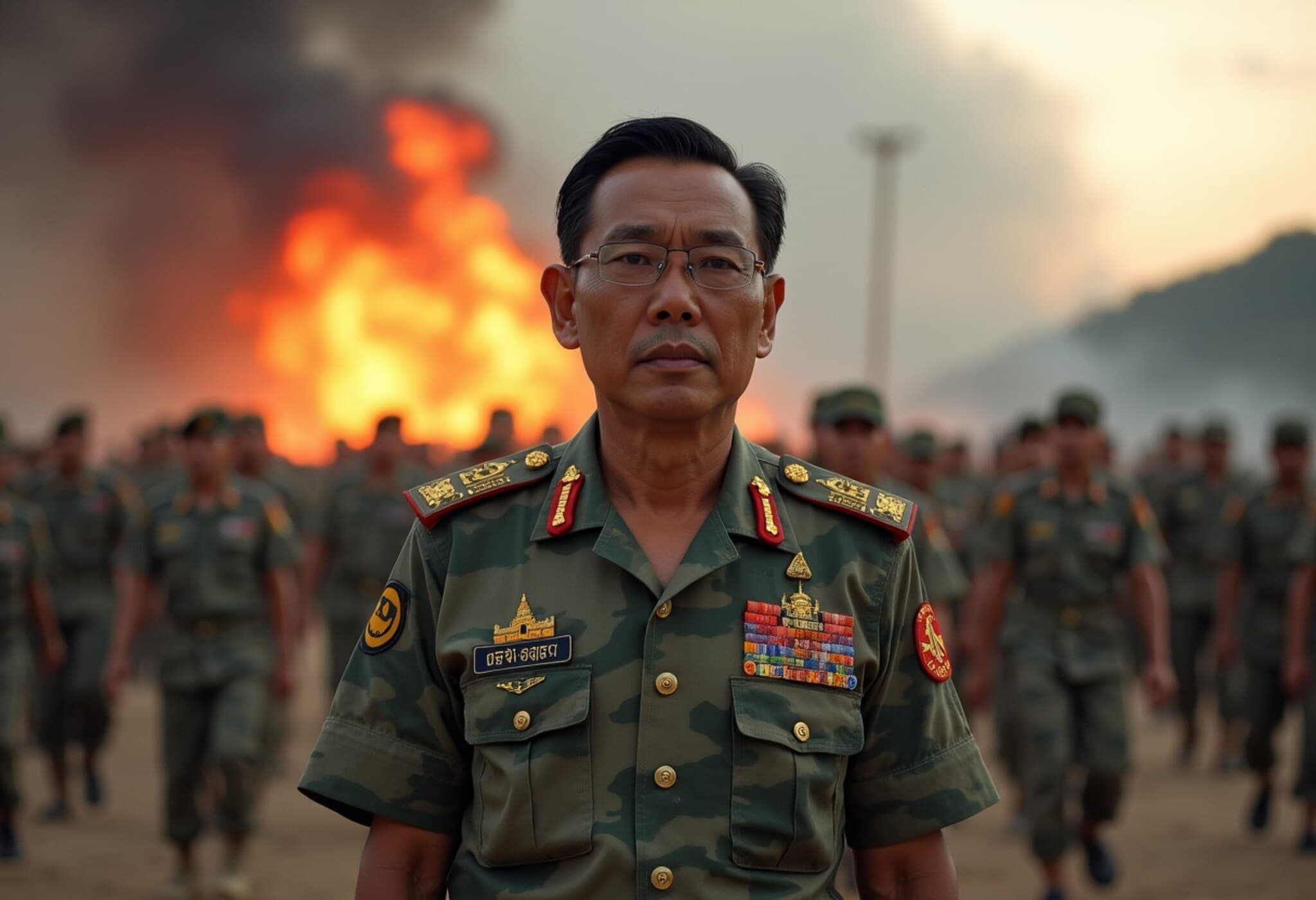Deadly Border Clashes Shake Southeast Asia: Thailand and Cambodia in Conflict
On Thursday, longstanding tensions between Thailand and Cambodia escalated into a violent confrontation along their disputed border, marking the most severe military clash in decades between these neighboring Southeast Asian nations. The outbreak of fighting comes amid a backdrop of political instability in Thailand, notably following the suspension of Prime Minister Paetongtarn Shinawatra earlier in July 2025.
Timeline of the Thursday Conflict
Thailand’s Account of Events
According to Thailand’s National Security Council, as reported by BBC, the conflict began shortly after 7:30 a.m. local time when Cambodian forces allegedly used drones to monitor Thai military positions near the border. Thai troops report that Cambodian soldiers then deployed rocket-propelled grenades and opened fire around 8:20 a.m. Despite negotiation attempts where Thai forces shouted across the border, Cambodian forces continued assaults, prompting Thailand to retaliate with airstrikes utilizing F-16 jets against Cambodian military positions. Evacuations were immediately ordered in Surin Province to protect civilians from the escalating violence.
The Thai government accused Cambodia of aggressively employing heavy weaponry, including BM-21 rocket launchers and artillery, causing damage to civilian infrastructure across four Thai provinces. Notably impacted were homes, a hospital, and a petrol station, amplifying the humanitarian toll. Acting Thai premier Phumtham Wechayachai emphasized the delicacy of the dispute, urging for calm resolution under international law to prevent further deterioration.
Cambodia’s Perspective
Conversely, Cambodia presents a different narrative. Phnom Penh officials claim the confrontation was triggered earlier, around 6:30 a.m., by Thai troops moving into disputed territory near Prasat Ta Muen Thom, an ancient Khmer-Hindu temple that holds profound cultural and historical significance. Cambodia accuses Thai forces of violating earlier agreements by erecting barbed wire around the temple and opening fire first.
Cambodian Prime Minister Hun Manet asserted that the country responded in self-defense against what he described as an armed invasion. Defense Ministry spokesperson Maly Socheata added that Thai troops launched a drone at 7:00 a.m. and fired warning shots at 8:30 a.m., escalating to offensive firing against Cambodian positions. She condemned Thailand for deploying overwhelming force, including airstrikes on Cambodian soil.
Human Cost and Displacement
Tragically, the clashes have claimed the lives of at least 12 people on the Thai side—comprising 11 civilians and one soldier—with more than 30 others reported injured, including children. Thousands have fled their homes amid fears of intensified warfare. Cambodia has yet to release official casualty figures, adding to the opaque human toll this conflict exacts.
Historical Roots and Rising Tensions
The border dispute between Thailand and Cambodia is deeply rooted in history, tracing back to colonial-era border delineations under French rule. It flared notably in 2008 when Cambodia’s attempt to register the 11th-century Preah Vihear temple as a UNESCO World Heritage Site drew fierce protests and violence from Thai nationalists, resulting in repeated skirmishes and casualties over the years.
Recent tensions intensified following a border skirmish in May 2025 that saw the death of a Cambodian soldier, the worst diplomatic rupture in over a decade. A subsequent landmine injury to a Thai soldier in July further exacerbated hostilities. Both nations downgraded diplomatic relations: Thailand expelled Cambodia’s ambassador and recalled its own in response, while Cambodia imposed bans on certain Thai imports, including fruits and vegetables, alongside cutting electricity and internet services. Both sides have also deployed increased troop numbers to disputed zones, creating a powder keg atmosphere.
Intertwined Politics: Thailand’s Internal Crisis and Regional Implications
Thailand’s political instability is intricately connected to its fraught relations with Cambodia. In June, suspended Thai Prime Minister Paetongtarn Shinawatra spoke with Cambodia’s senior leader Hun Sen, revealing complicated personal and political ties. Shinawatra, affiliated with Thailand’s powerful Shinawatra political dynasty, appeared conciliatory in the call, even referring to Hun Sen as “uncle”—a term that caused outrage and accusations of undermining Thai sovereignty.
This phone conversation triggered widespread protest in Bangkok, intensifying demands for Paetongtarn’s resignation amid growing political fragility. The diplomatic dispute with Cambodia compounds Thailand’s internal governance challenges and threatens regional stability in ASEAN.
Expert Insight: What Lies Ahead?
Experts note that the border clash underscores the peril inherent in unresolved colonial-era boundaries exacerbated by rising nationalism and domestic political turmoil. Analyst Dr. Ananda Prakosa of the Southeast Asia Policy Institute observes, “Without sustained diplomatic engagement and legal arbitration, the risk of recurrent violent flare-ups remains high. For Thailand, the border conflict is not just a territorial issue, but a symptom of deeper political fragmentation that may destabilize the region further.”
Regional leaders and ASEAN stakeholders face an urgent call to mediate and de-escalate tensions to prevent a wider conflict. The humanitarian consequences for border communities remain dire, demanding immediate attention beyond geopolitical maneuvering.
Editor’s Note
This latest violent chapter in the Thailand-Cambodia border dispute reveals how fragile peace can be in regions where historic grievances intersect with modern political instability. While diplomatic channels are fraught and mutual distrust runs deep, a lasting resolution requires more than tactical military moves — it demands meaningful dialogue, respect for international law, and sensitivity to the human costs borne by civilians caught in the crossfire. As this story develops, questions remain: Can ASEAN’s multilateral mechanisms assert meaningful influence? How will Thailand’s internal power struggles shape its foreign policy? What protections exist for vulnerable border populations? These unanswered questions will shape Southeast Asia’s security landscape in the coming months.

